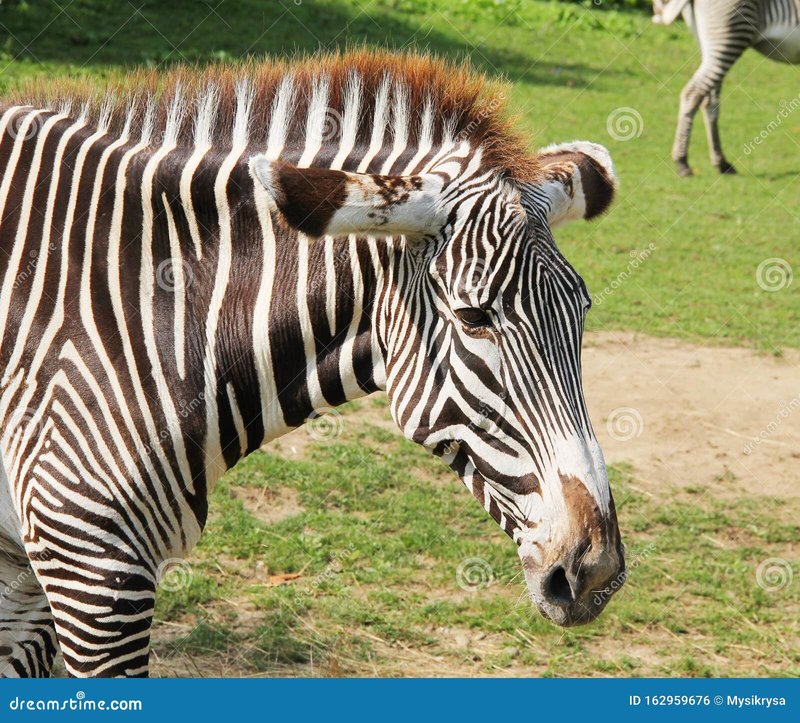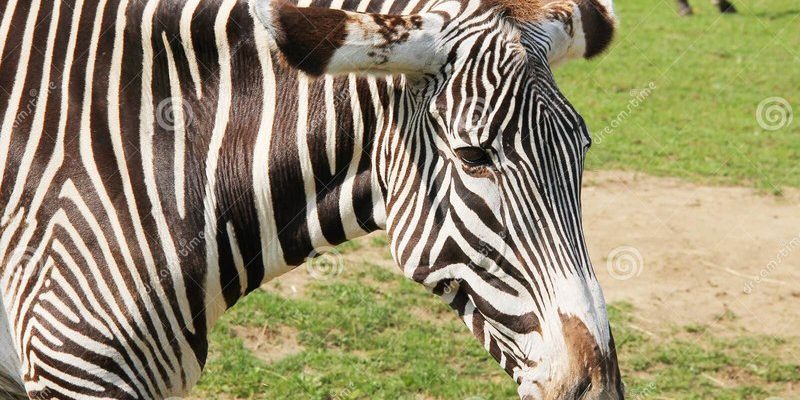
You might imagine the *Grevy’s zebra* as a well-dressed guest at a party, mingling among various other wildlife in the African savannah and grasslands. Each interaction they have—whether it’s grazing with other herbivores or avoiding predators—contributes to the larger tapestry of life. In this article, we’ll explore the *Grevy’s zebra’s* role in its ecosystem, how it interacts with other species, and why its conservation is vital not just for zebras but for the health of the environment as a whole.
Understanding the Grevy’s Zebra
The *Grevy’s zebra* is the largest and rarest species of zebra, recognized for its striking appearance. Unlike other zebras, its stripes are much narrower and more closely spaced, which gives it a distinctive look that sets it apart in the animal kingdom. But it’s not just about fashion; these stripes serve practical purposes, like camouflage in the tall grasses where they live.
Beyond their looks, *Grevy’s zebras* have specific physical adaptations that help them thrive. They have long legs built for speed, which is crucial for escaping predators like lions and hyenas. Their large ears help them detect sounds from far away, keeping them alert to any potential threats. This unique combination of features showcases the *Grevy’s zebra* as a well-adapted survivor in a challenging environment.
The Grevy’s Zebra’s Grazing Habits
One of the primary roles of the *Grevy’s zebra* in its ecosystem is grazing. They primarily feed on **grasses**, using their strong teeth to chew tough plant material. This grazing behavior not only helps them sustain their own health but also has broader implications for their habitat.
When *Grevy’s zebras* graze, they help maintain the health of the grasslands. By keeping plant growth in check, they prevent overgrowth, which can lead to a loss of biodiversity. This creates a balanced environment where other herbivores can thrive as well. Think of it as a gardener trimming plants to encourage new growth.
Moreover, their grazing patterns can create open spaces that other animals, like gazelles and antelopes, rely on. These areas become essential habitats for numerous species, showcasing just how interconnected life in the savannah can be. The *Grevy’s zebra’s* eating habits are crucial, not only for their own survival but for the health of the entire ecosystem.
Interactions With Other Species
The *Grevy’s zebra* doesn’t exist in isolation; it interacts with a variety of other species, making it a central player in the ecosystem. For example, they often share grazing grounds with other herbivores—think of giraffes and wildebeests—creating a dynamic where they all benefit from the same resources.
This communal grazing can help reduce competition for food. The different species often prefer different kinds of grasses, which means they can coexist without fighting over the same meals. This symbiotic relationship is crucial in promoting a thriving ecosystem.
Additionally, *Grevy’s zebras* are prey for larger predators. Their presence helps support populations of carnivores, creating a balanced food web. If zebras were to disappear, it could destabilize this whole system, leading to potential overpopulation of certain herbivores and decline in plant life. In this way, the *Grevy’s zebra* plays a vital role in maintaining the balance between prey and predator.
The Grevy’s Zebra and Seed Dispersal
Another lesser-known role of the *Grevy’s zebra* is its contribution to seed dispersal. As these zebras graze and move across the landscape, they inadvertently consume seeds from various plants. When they pass these seeds through their digestive system, they distribute them across wide areas.
This process is incredibly beneficial for the regeneration of plant life. Many seeds require passing through the digestive tract of animals to germinate effectively. *Grevy’s zebras* help ensure that a diverse range of plant species can thrive, which in turn supports the animals that feed on those plants.
So, next time you see a zebra, remember that its impact reaches far beyond just eating grass. It’s a vital player in the complex dance of life that keeps ecosystems vibrant and diverse.
Conservation Challenges Facing Grevy’s Zebras
Despite their crucial role in the ecosystem, *Grevy’s zebras* are under significant threat. Habitat loss and fragmentation are major issues, mainly due to human activities like agriculture and urban development. This not only reduces their living space but also limits their access to food and water sources.
Additionally, poaching poses a serious danger. Though not hunted as much as some other species, *Grevy’s zebras* are still targeted for their skin and other body parts. As their numbers dwindle, the delicate balance of their ecosystem is at risk. Conservation efforts are crucial to ensure their survival and the health of the environment they help sustain.
Organizations and governments are working together to protect these animals, establishing protected areas and promoting education about their importance. Every effort counts, and public awareness plays a huge role in conservation success.
The Importance of the Grevy’s Zebra in Conservation
Understanding the *Grevy’s zebra’s* role in its ecosystem goes beyond appreciating its beauty; it’s about recognizing the interconnectedness of life. The loss of one species can have ripple effects, impacting everything from plant diversity to predator populations.
Conservation programs focused on *Grevy’s zebras* often aim to protect the entire ecosystem, which benefits other species as well. For instance, efforts to increase the zebra population can lead to healthier grasslands, which in turn supports myriad wildlife. It’s like fixing one corner of a large quilt; when you repair one part, the whole piece becomes more beautiful and functional.
As humans, we have a responsibility to safeguard these creatures and their habitats. By supporting conservation initiatives and spreading awareness about the *Grevy’s zebra*, we can help ensure their survival for future generations.
In conclusion, the *Grevy’s zebra* is so much more than just a striking animal; it’s a vital part of its ecosystem. From grazing habits that promote plant health to being a key player in seed dispersal and predator-prey dynamics, *Grevy’s zebras* shape their environment in significant ways. As we work to conserve these unique creatures, we simultaneously protect the lush, vibrant ecosystems they help sustain. So, let’s work together to ensure that the *Grevy’s zebra* continues to thrive in its natural habitat.

